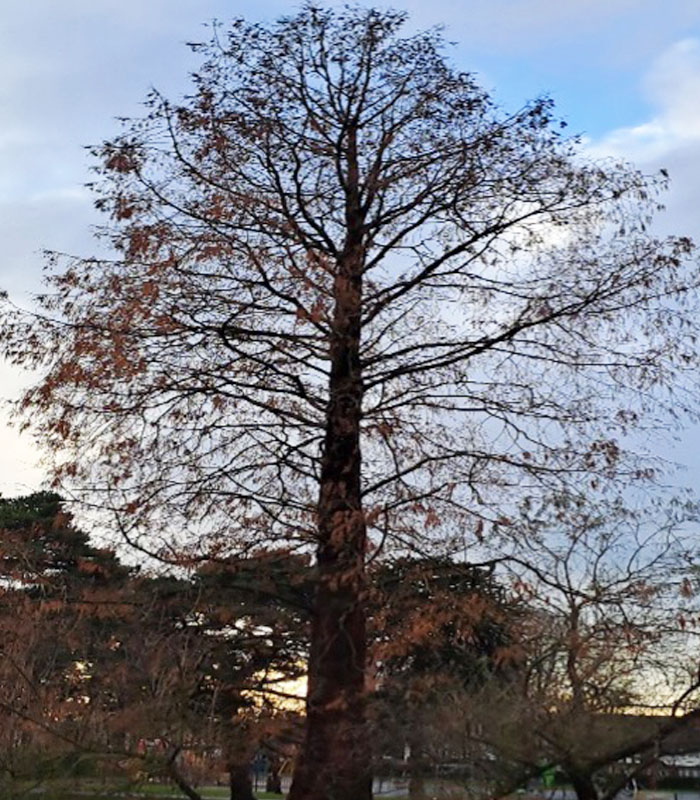
Botanical Name: Metasequoia glyptosroboides
Common Name: Dawn Redwood Native
SW China, this species was only recorded in the wild In 1941 and introduced to Britain in 1948. This species is one of the few deciduous (leaves fall in autumn) conifers.
Commonly known as dawn redwood, has a fascinating story of discovery and reintroduction. Here's an overview:
The story of Metasequoia glyptostroboides involves a remarkable rediscovery, showcasing how a once thought-to-be-extinct species can captivate the interest of scientists, horticulturists, and conservationists worldwide.
20686